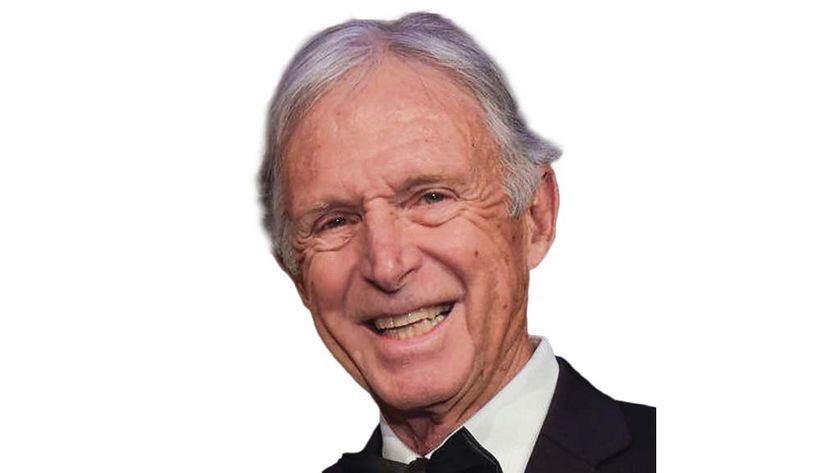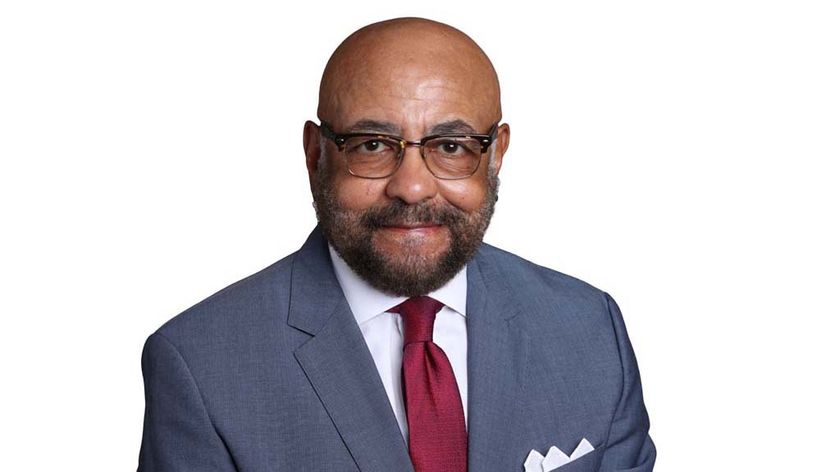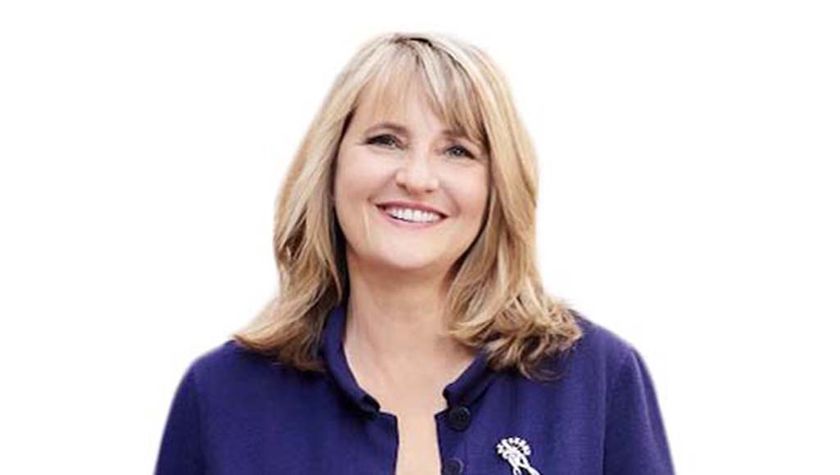TVision Fades to Black, a Sign of Pay TV Uncertainty
T-Mobile’s surrender is a landmark defeat for traditional platforms
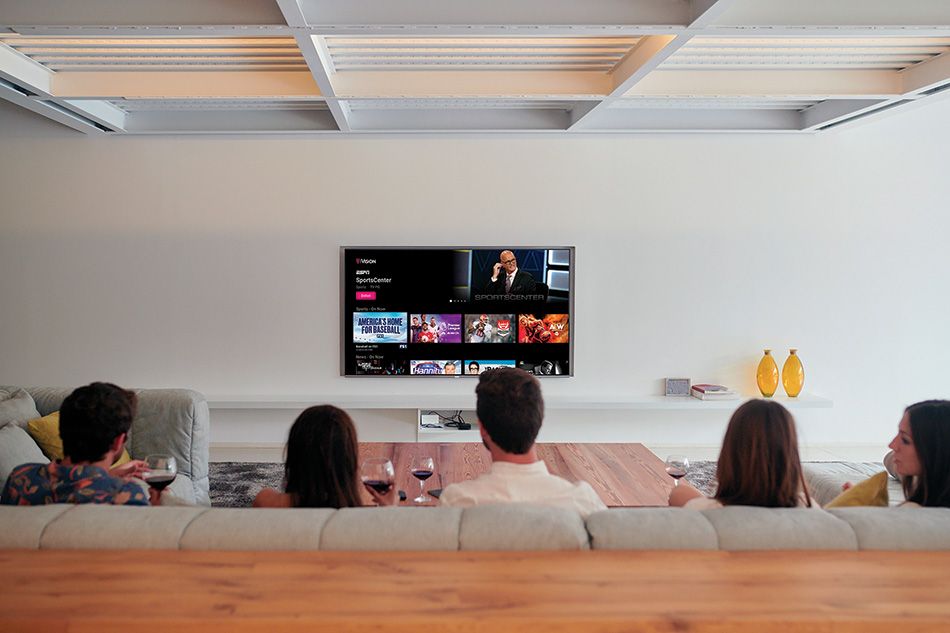
In years to come, T-Mobile’s decision to shut down its TVision linear-TV service just five months after launch may be cited as the canary in the coal mine, signaling a more rapid decline for traditional linear pay TV.
Yes, there were specific problems. T-Mobile somehow forgot to ask companies like Discovery if it could put its various networks on the lower-priced version of the app (something even the most junior lawyer should have flagged). The fact that MobiTV, which built the underlying platform for the app, filed for Chapter 11 bankruptcy protection did not help much either. And of course 5G — fixed 5G to the home, to be exact, the original raison d’etre behind TVision — has yet to materialize in a major way and probably won’t any time in the foreseeable future.
But mostly, the reason TVision seemed to fail is that no one needs yet another full-on linear pay TV service, virtual or otherwise.
Too Much to Watch
With nine multibillion-dollar subscription video-on-demand “Flixes” up and running, along with about as many Free Ad-Supported Streaming Television (FAST) platforms and dozens of niche services, consumers are figuring out that there’s more and better programming on streaming than on traditional cable — all for considerably less money.
So the push is going to be to move away from traditional pay TV, not towards it. That said, there are several things still keeping consumers from cutting the cord.
The first is inertia. While many viewers are indeed unhappy with their current pay TV packages, many are not. All the talk about the “massive wave of cord-cutting” causes us to forget that something like 75% of U.S. households still subscribe to pay TV.
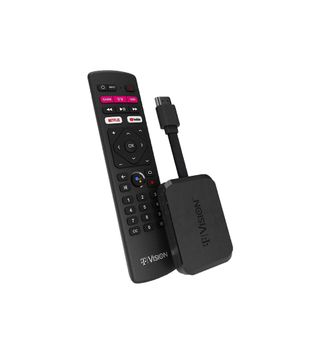
Inertia can only take you so far, though, and as production picks back up and the buzz about what to watch increasingly becomes about what’s on streaming, viewers who were previously thrilled to have hundreds of cable channels to click through are going to be feeling major FOMO about all those streaming channels they don’t have.
Broadcasting & Cable Newsletter
The smarter way to stay on top of broadcasting and cable industry. Sign up below
Then there’s news and sports.
Right now, there’s no real way to watch CNN unless you have a pay TV subscription. Yes, many of the FASTs have a CNN channel with fairly recent clips on it, but it’s not the linear cable network.
Tubi and Amazon have both been working to curate news offerings — both have gone heavy on local news by working with players like Hearst TV and Tegna — and apps like Haystack also offer local news. But it’s not the full four-affiliate local news play that many viewers, older viewers in particular, are used to.
That should change over the next year or two as more local broadcasters make the move to streaming, at least for their news content, and should AT&T find a buyer for CNN that can figure out streaming distribution.
Sports is an even bigger hurdle, at least for now. The result is that fans are reluctant to cut their ties with cable, lest they be left unable to watch their favorite teams. That is changing though, slowly but surely.
The National Football League’s new 11-year media rights deal gives Thursday Night Football exclusively to Amazon starting in 2023 and allows ABC, CBS and NBC and Fox to stream the games they have the rights to, even the Super Bowl. So ESPN Plus, Paramount Plus and Peacock are in luck.
RSNs: The Last Holdouts
That still leaves localized regional sports network fans, who may have some salvation coming next year when Bally’s and Sinclair Broadcast Group launch apps for the former Fox RSNs which, thanks to the Bally’s sponsorship, should be fairly reasonably priced. But those networks are in just 19 markets, not the whole country, so a lot of fans will still be tied to cable. For now, anyway. This brings us back to T-Mobile and TVision.
T-Mobile likely gave up on TVision because they realized there wasn’t a market for a full-bore virtual pay TV service anymore. After a nice run-up, the vMVPDs had sort of stalled out. If anyone was going to try to give up pay TV, it was the people paying for it monthly and not the ones with the two-year triple-play deals.
That’s not to say pay TV is going to implode tomorrow, or even next year or three years from now. Rather, look at T-Mobile’s surrender as TV’s Stalingrad — the moment the tide turned inexorably in the opposite direction.
Alan Wolk is the co-founder and lead analyst for media consultancy TV[R]EV









